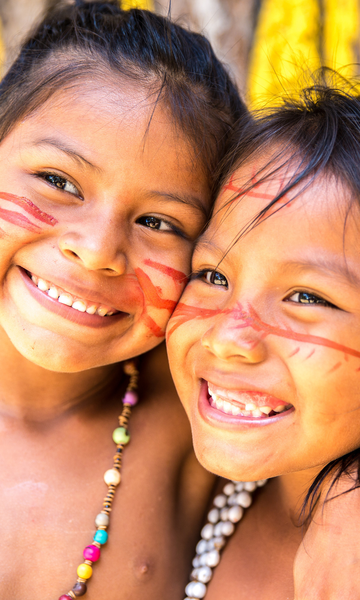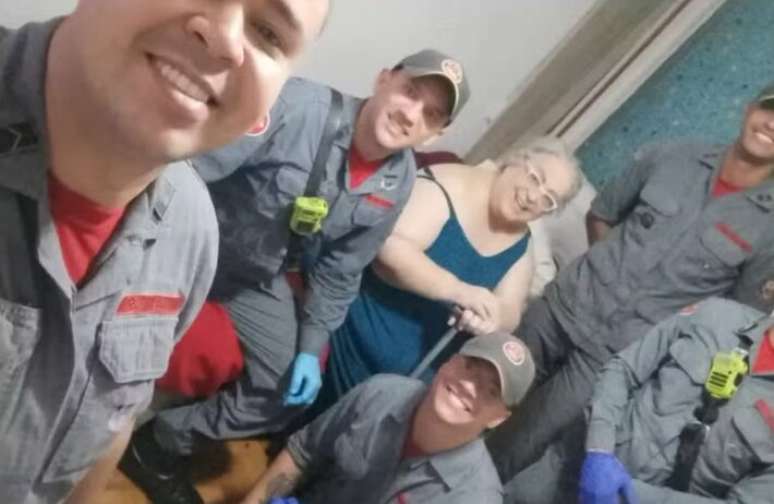The IBGE has published data on literacy, births and characteristics of indigenous families in the country
Summary
IBGE released 2022 population census results showing that literacy rates among indigenous peoples have increased over the past 12 years, but disparities remain.
The Brazilian Institute of Geography and Statistics (IBGE) published on Friday 4th the data of the “2022 demographic census: Indigenous peoples: Literacy, birth certificates and family characteristics, according to specific territorial sections: Results of the universe”. According to the study, the literacy rate among indigenous people aged 15 and over has increased over the past 12 years, but still has large disparities compared to the general population.
In 2010, the indigenous literacy rate was 76.60%, rising to 84.95% in 2022, while the illiteracy rate dropped from 23.40% to 15.05% over the same period. However, the level of literacy among indigenous people living on indigenous lands is even lower. As of 2022, only 79.20% of this population was literate, although this rate represents an increase from the 67.70% recorded in 2010. The illiteracy rate in indigenous lands has dropped from 32.30% in 2010 to 20 .80% in 2022, showing improvement, but still much higher than the national average.
For comparison, the literacy rate of the Brazilian population aged 15 years and older was 93% in 2022, up from 90.38% recorded in 2010. The illiteracy rate, in turn, fell from 9, 62% to 7% in 2022. .
The IBGE also collected specific data on literacy among men and women. As of 2021, the literacy rate among indigenous men was 85.68%, while among women it was 84.26%. The illiteracy rate was 14.32% among men and 15.74% among women.

The 10 largest indigenous peoples of Brazil
In 2010, the rates were significantly lower, with 77.99% literacy among men and 75.19% among women, resulting in 22.01% and 24.81% illiteracy, respectively.
If we consider the population living on indigenous lands, this difference increases: in 2022 the literacy rate was 81.88% among men and 76.37% among women, with illiteracy rates of 18.12 respectively % and 23.63%. In 2010, these numbers were even more worrying, with only 70.26% literacy among men and 64.90% among women, and illiteracy rates of 29.74% and 35.10% respectively.
Birth documents
In 2022, the majority of the population up to 5 years of age had their birth registered in the registry, with an overall rate of 99.26%. However, among the indigenous population, this rate was significantly lower, reaching 89.12%, while the indigenous population on indigenous lands had an even lower record of 85.53%.
Registration through the Birth Registry (RANI) was only 0.7% for the total population, but 4.97% for indigenous people and 5.51% among those living on indigenous lands. The percentage of children up to 5 years old without registration at birth was 0.51% in the general population, rising to 5.42% among indigenous people and 8.34% in indigenous territories. The “don’t know/ignored” category was also higher among Indigenous people, at 0.49% overall and 0.63% on Indigenous lands.
Characteristics of the family
According to the 2022 census, out of a total of 72.4 million permanent private households, 630,428 have at least one indigenous resident, accounting for 0.87% of the total.
“73.44% of residents in occupied private homes where at least one indigenous person lives are indigenous, meaning that the indigenous population lives in houses with low ethnic heterogeneity among residents,” the study adds.
Regarding the type of residence, more than 99% of families with indigenous residents are permanent private individuals. The majority of indigenous people live in houses, a total of 91.93%, while among those living on indigenous lands the percentage is 91.40%.
The percentage of indigenous people living in village homes or condominiums is just 1.11%, and 0.15% among those living on indigenous lands. Only 3.51% of indigenous people live in apartments and 0.02% of those live on indigenous lands.
Another finding from the survey is that 0.26% of indigenous people live in guesthouses or public housing, with a rate of 0.21% among those living on indigenous lands. The percentage of Indigenous people living in homes without walls or longhouses is 3.10%, with this percentage rising to 8.15% among those residing on Indigenous lands.
Source: Terra
Rose James is a Gossipify movie and series reviewer known for her in-depth analysis and unique perspective on the latest releases. With a background in film studies, she provides engaging and informative reviews, and keeps readers up to date with industry trends and emerging talents.

-s1b6o7o6x7at.jpg)





